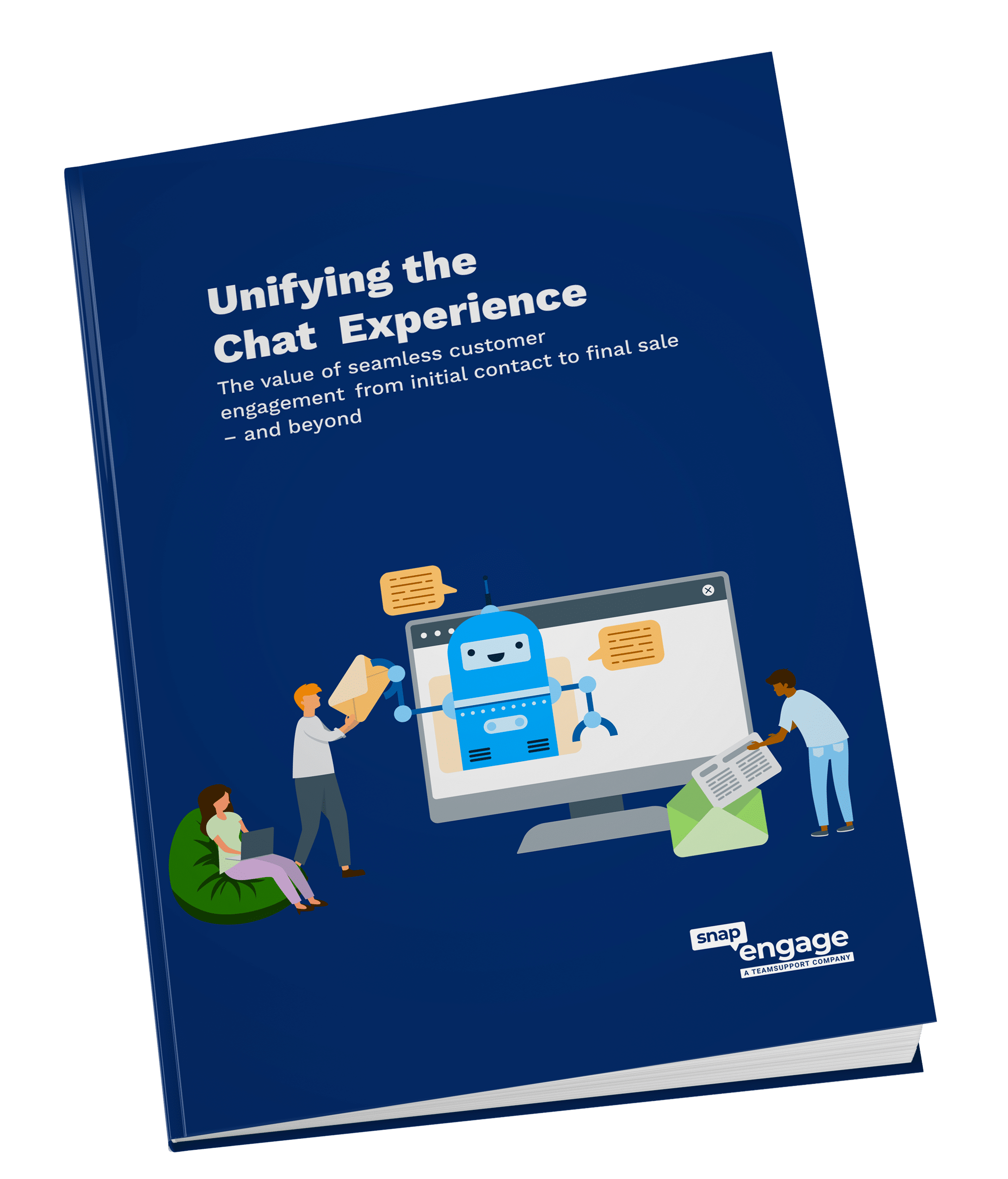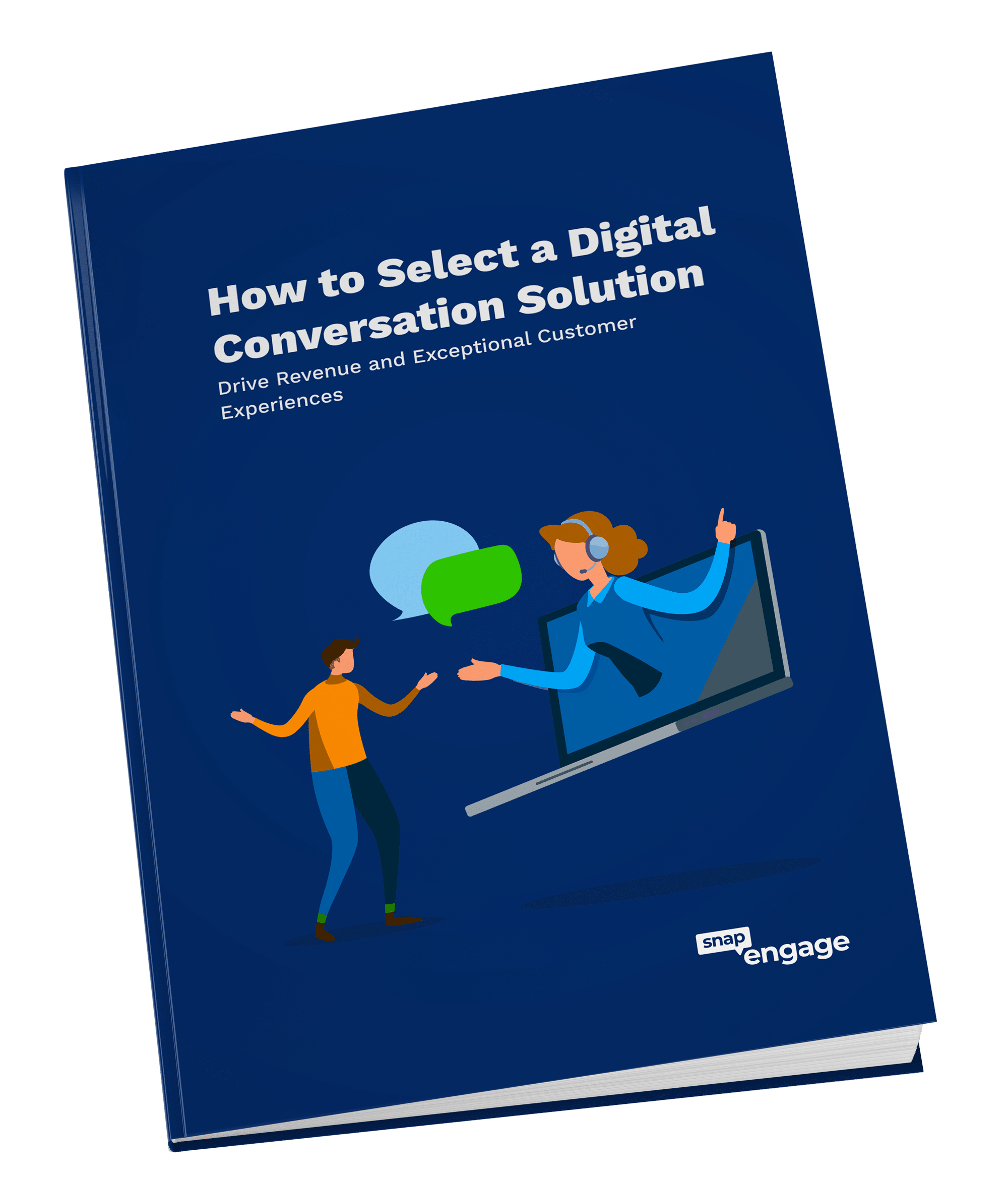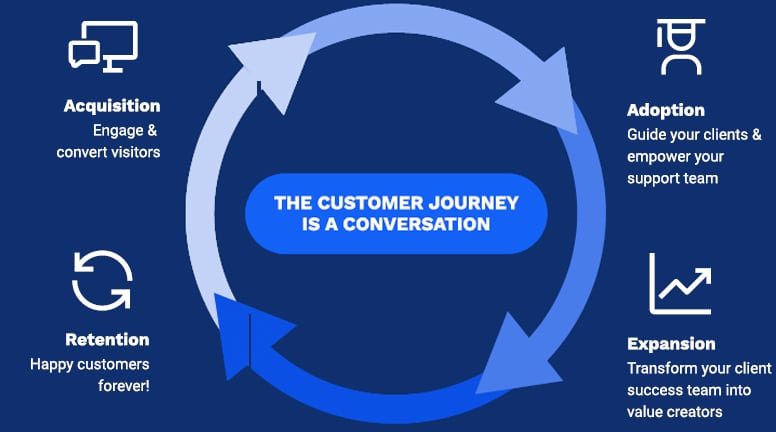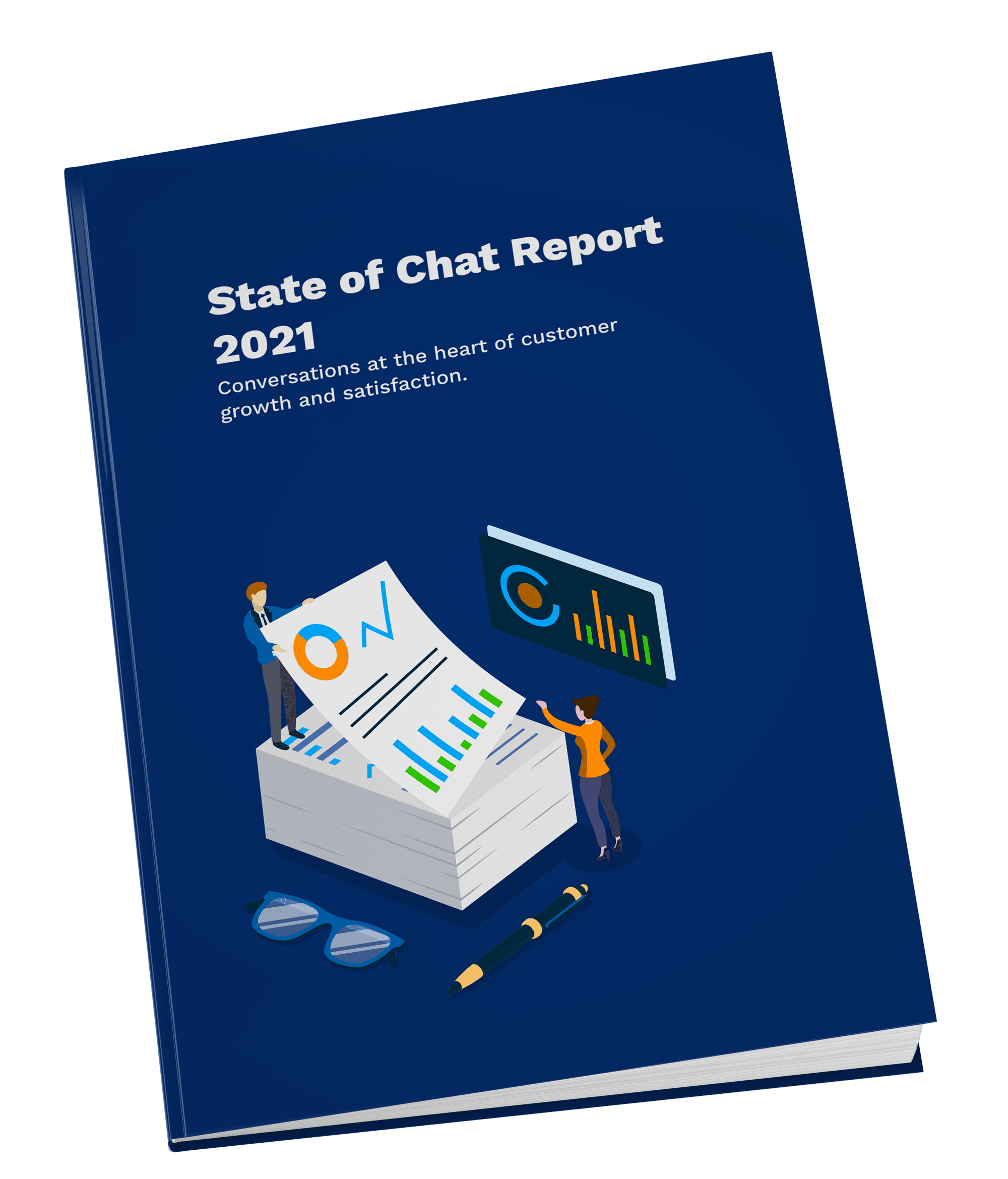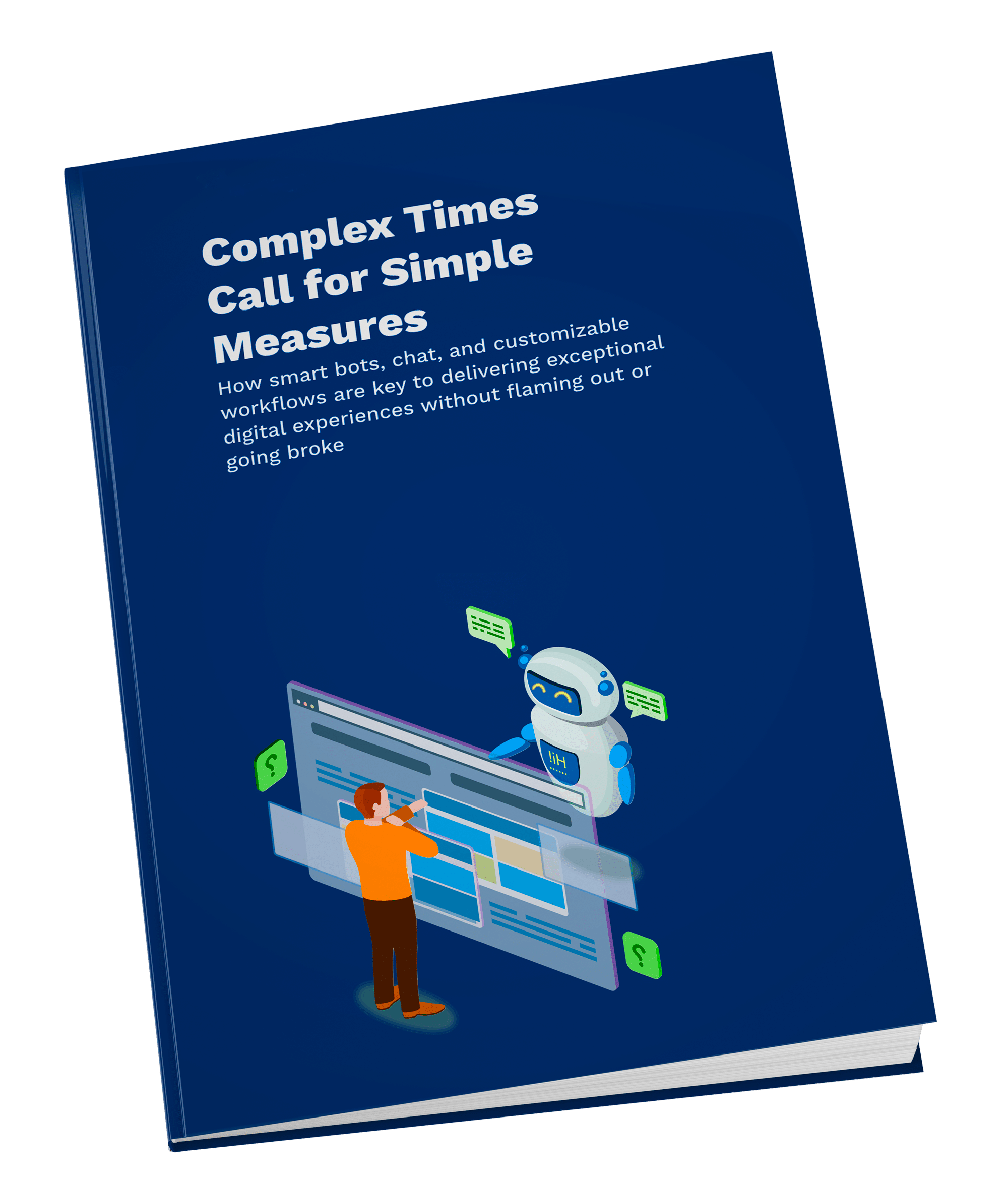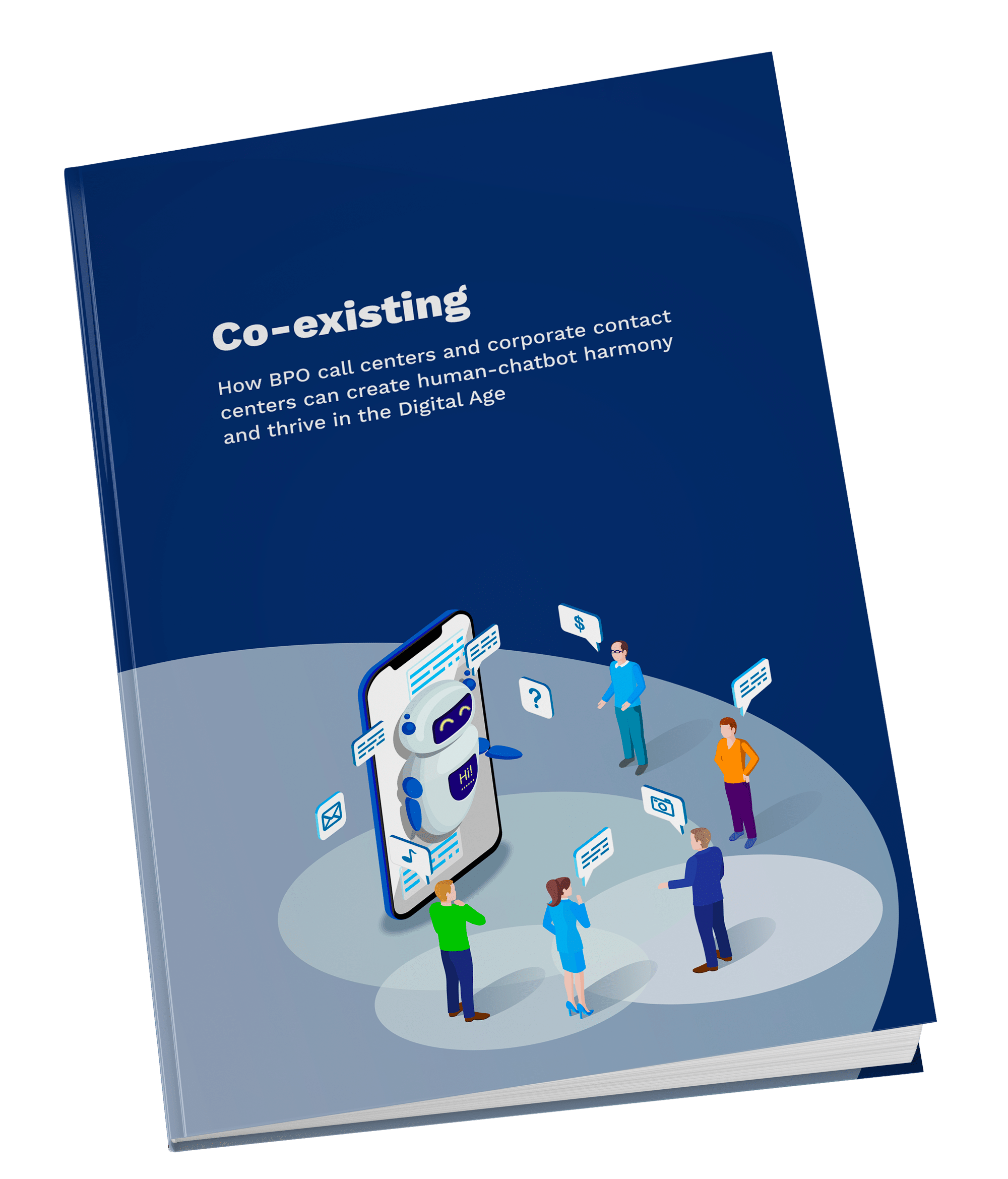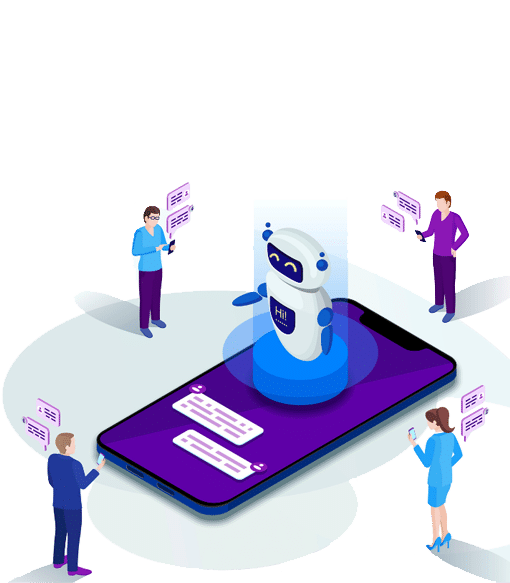
Remember the supposed “good old days” when your customers dialed your toll-free number, explained their problem to someone on your help desk staff, and went away happy, or happy-ish?
The system wasn’t perfect. It also wasn’t the obstacle course it is now – for customers and businesses alike.
Your Frustrated Customer
In the name of efficiency, and naturally only with the best of intentions, you’ve succeeded in turning customers’ remote interaction attempts into Odyssean quests of heroic proportions.
Live chat platforms, SMS texting, social media, and mobile apps with integrated feedback features have sped up response times and automated answers to customers’ routine questions. But the reality is that in the digital era, the customer who’s looking to resolve a more complex issue – or two issues at once – is going to have a hard time of it.
It’s no wonder 53% of customers abandon their online purchases.
But what about your faithful customer who’s trying to resolve a support issue, and also has a question about a new product? They have no idea your help desk and your CRM don’t talk to each other. All they know is that their experience is anything but seamless, and absolutely frustrating. Forced to repeat account numbers and other information to multiple people or platforms, while being passed from pillar to post, is simply enraging.
For you, the increased churn that results from poor customer experience is just the tip of the iceberg. Because chat is just one element in a multi-layered ecosystem that requires you to handle different types of customer interactions with separate tools and strategies, you have a bunch of other problems too.
A disjointed approach ends up creating a poor customer experience that degrades customer satisfaction and increases churn
Why It’s Time to Evolve to Unified Chat
For better or worse, today, real-time messaging and conversational tools such as live chat, SMS, chatbots, and social media are now the dominant channels for customer experience management. Alongside the risk of negative customer experiences, the following are some of the challenges arising from the fact that these channels are not integrated, and each requires a separately managed platform:
- Incomplete information: Without synergies between systems, the flow of data and customer feedback is impeded. This means leaders are unable to gain an accurate picture of the health of their business and make informed decisions around improvements in sales productivity and customer support.
- Difficulty scaling customer support, sales, and marketing functions: Configuring multiple platforms and tying their back-end systems together requires hefty integration and data aggregation efforts. These are costly and resource intensive.
- Bloated costs, redundant services: Where sales and support teams both need to use the CRM’s chat option and the helpdesk’s chat option, the company must purchase not two, but four sets of digital engagement licenses. Then, since the platforms work in isolation, the company will also pay redundant chat deflection fees for every conversation not handled by a human.
Snapshot of SFDC Licenses and Fees*
Enterprise license per user/month
Chat access per user/month
Plus cost per 100 bot conversations per month
Total Cost for a Support Team of 50
and 1000 chats a month- *Based on a team with 100 people: 50 on Support Team (using Zendesk) and 50 on Sales Team (using SFDC)
Challenges notwithstanding, and despite legitimate worries about how the customer experience may be impacted, the fact remains that 80% of businesses using AI-powered tools such as chatbots have seen measurable improvements in customer satisfaction, service delivery, and contact center performance.
Chat is here to stay.
As the technology evolves to meet business needs more effectively, connected chat software leads the way.
Closing the Loop with Unified Chat
A unified chat solution can truly connect customer engagement for both your internal and external teams. Intelligent, advanced routing gets the customer to the right team and resource the first time and data flows effortlessly between platforms, creating full visibility and transparency and delivering valuable insights.
Not only can you view the customer experience and feedback in real time and on a role-by-role basis, such as by a sales or support agent, when the chat is transferred to another team or agent, all the associated metrics remain on the correct sub-account.
Unified chat also incorporates AI and natural language processing, enabling chatbots to learn over time with each interaction and dramatically increasing your organization’s ability to solve complex issues through automation – in addition to the human interaction customers still expect. AI-powered agent assistance can even use chat histories and insights to help coach human sales agents and improve their close rates and overall performance.
The right solution will also allow for a wide range of APIs, integrations, and content lookups, as well as meeting security and compliance standards, including:
- Third-party IDP SSO
- GDPR
- The California Data Privacy Act
- HIPAA
- PCI
SnapEngage: Better Experiences for the Customer, Better Outcomes for Your Enterprise
SnapEngage offers a connected solution which enables you to elevate the customer experience and gain competitive ground for your organization at the same time.
Download the eBook to learn how SnapEngage breaks down the knowledge barriers between teams to meet customer needs in the moment and empowers businesses to make process, technology, and revenue-generating improvements – all with less cost and effort.
Using SnapEngage to unify the customer experience can result in:
%
increase in leads
%
year-over-year growth in chat volumes
%
increase in chat to completed sales
%
conversion rate from chat to sales quotes
Download our “Unifying the Chat Experience” eBook to learn how SnapEngage breaks down the knowledge barriers between teams to meet customer needs in the moment and empowers businesses to make process, technology, and revenue-generating improvements — all with less cost and effort.


